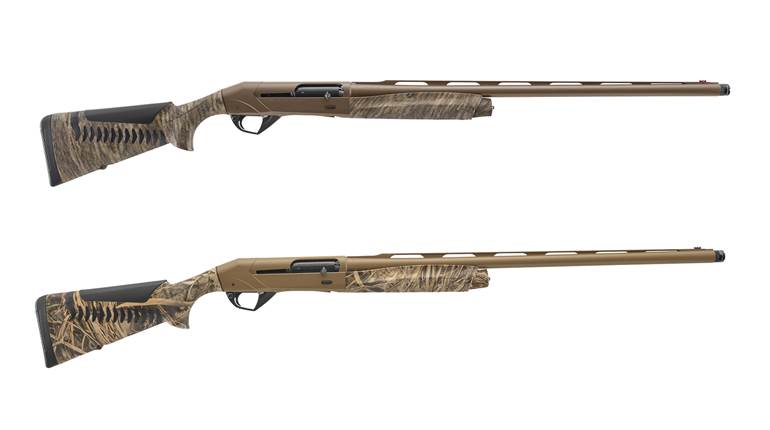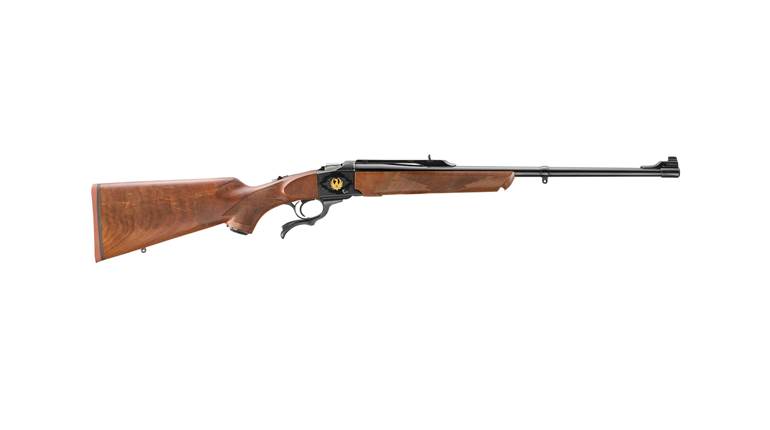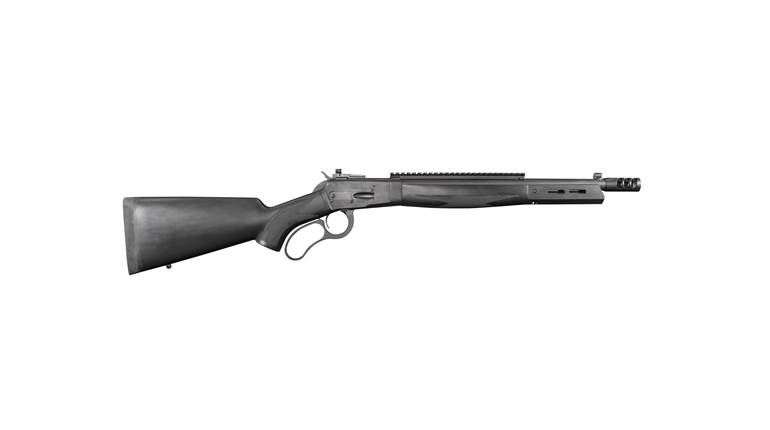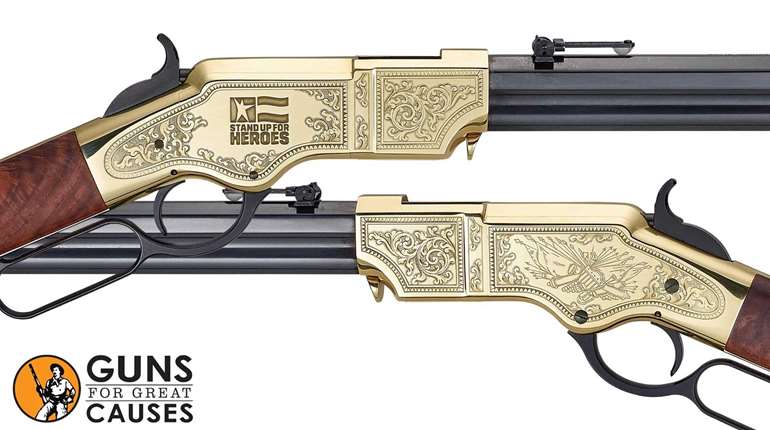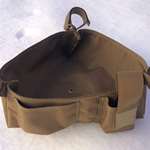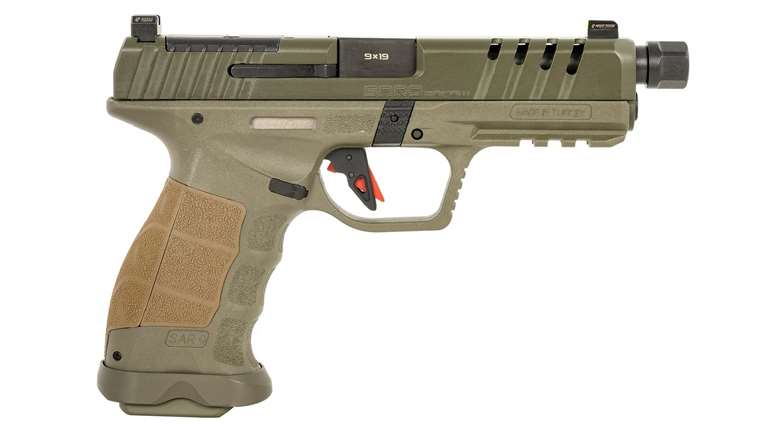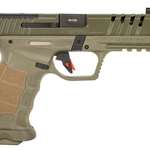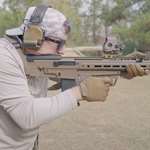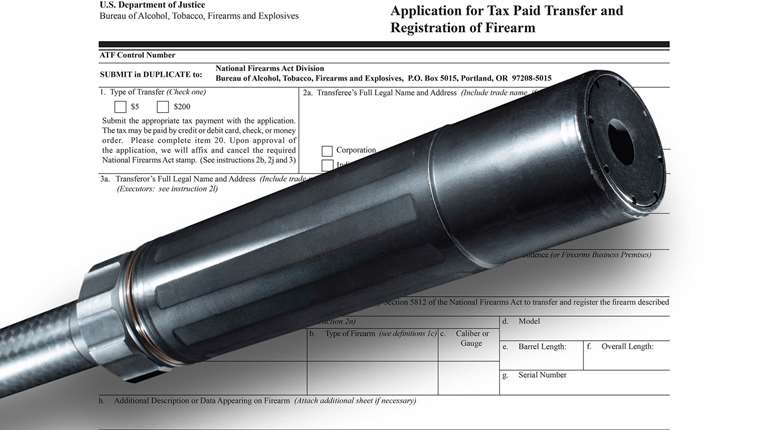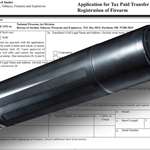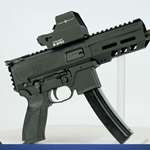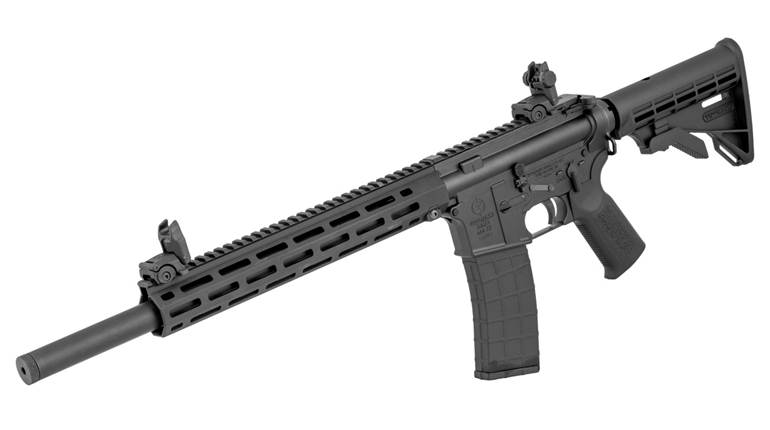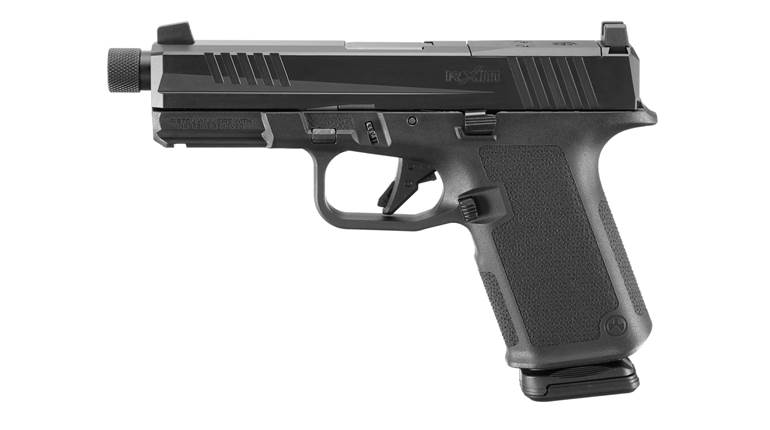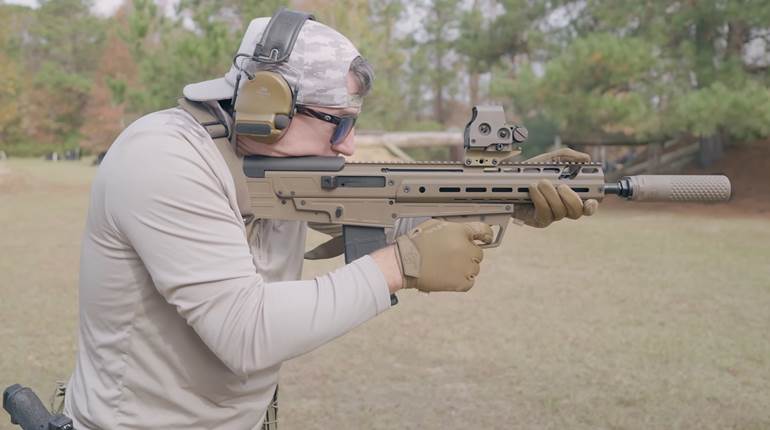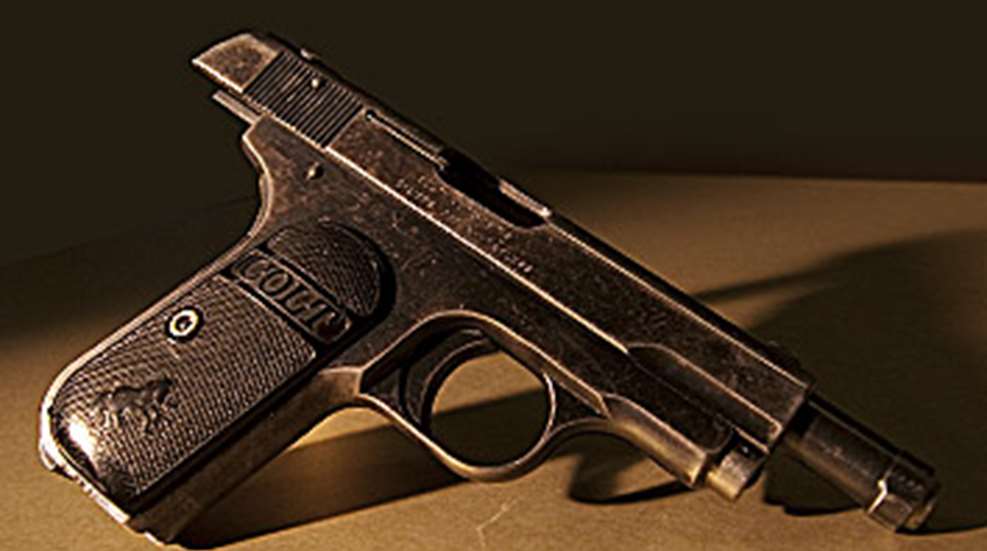
If you like to watch old movies, you’ve seen this pistol countless times. From Boothe Howard in “Bulldog Drummond’s Revenge” (1937), Humphrey Bogart in “Key Largo” (1948) and George C. Scott in “Patton” (1970), to cameos in “Public Enemies” (2009), the 1903 Colt Pocket Hammerless Model M—its official factory nomenclature—has always had camera appeal. The thin profile and clean lines of this early .32-caliber semi-auto pocket pistol not only guaranteed its place in Tinseltown thrillers, but also among folks on both sides of the law during much of the 20th century.
During their 42-year manufacturing run—1903 to 1945—more than half a million of these pistols were made. The 1903 Colt was quite popular among businessmen,military officers and criminals. Travelling businessmen like my grandfather, who traveled throughout Mexico during the time of Pancho Villa, often carried one as a primary self-defense gun. On its dark side, this diminutive pistol was often chosen as a backup—or New York reload—to a more powerful handgun by criminals during the first half of the last century. It was reportedly a constant companion of gangster Al Capone, and Bonnie Parker allegedly smuggled one to Clyde Barrow who used it spring himself from the jail. The 1903 Colt was also issued as a General Officer’s pistol, either as a backup to the issue 1911 or to be slipped into the pocket of a dress uniform, from the 1940s until 1972, and during World War II, the Offices of Strategic Services issued the little Colt to its officers as well.
Design and Mechanics
Although the 1903 Colt is designated as a “hammerless” pistol, it is actually a concealed-hammer pistol. The internal hammer is totally enclosed by the rear portion of the slide. Weighing 24 ounces empty, it is 6 3/4 inches long, 4 3/8 inches tall and slightly less than 7/8 inch thick across the slide. Its 3 3/4-inch barrel is closer to .308 inch in diameter, making it a .30 caliber instead of a true .32 caliber Rifling is six-groove, 1:12-inch left-hand twist.
John Browning designed both the pistol and its .32 ACP cartridge. Operation is direct blowback, and six lugs machined into the bottom of the barrel, resting in matching grooves in the frame keep the pistol together. The earliest 1903s had a separate barrel bushing up front, but this was changed to an integral lug on the barrel around 1910. Sights are minimal and consist of a fixed half-moon blade front sight with a correspondingly small U-notch rear sight dovetailed into the slide. The 1903 has two safeties: a thumb-operated manual safety located on the left side of the frame, and a grip safety. A spring-loaded claw pinned to the slide provides extraction while a raised rail machined into the left side of the frame tosses the empties. Magazines are held in place by a spring-loaded latch on the heel of the grip. Each magazine holds eight rounds of .32 ACP ammunition.
Up until about 1924 the grip panels were checkered hard rubber with a rampant colt. Post-1924 pistols are usually equipped with checkered walnut and a Colt emblem, and ivory and mother-of-pearl grips were available by special order and still bring a premium to collectors. The most typical metal finish was blued, but nickel plated samples are not especially rare, and some presentation guns were gold or silver plated with General Officer’s models often featuring a Parkerized finish.
Performance
Factory ballistics claim 905 fps with a 71-grain FMJ bullet, producing 129 ft.-lbs. of energy from a 4-inch barrel. That struck me as pretty ambitious, so I decided to check it out with a chronograph. Recently, on a breezy day with an air temperature in the lower 40s, my 97-year-old family heirloom cranked some Remington 71-grain loads at 835 fps. That drops the muzzle energy to 110 ft.-lbs., which may seem puny in light of today’s hotshot self-defense loads, but few would want to stand in front of this gun.
In terms of accuracy, we have to remember that this is a short-range belly gun. It was never intended as a battlefield pistol or a law enforcement duty gun, so 25- and 50-yard groups are meaningless. In practical terms, it is a 5- to 7-yard gun. Therefore my groups were shot at 5 yards. At that distance my grandfather’s pocket pistol dumped five of the Remington FMJs into 1 1/4 inches; four of them into one hole measuring 3/4 inch.
I then ran through some drills to emulate its intended use as a close-range belly gun. Though when using the miniscule sights carefully, my 1903 shot almost perfectly to point of aim, drawing and getting two into the center of mass quickly tended to lower the bullet placement by some 2 to 4 inches. The reason? I wasn’t really using the sights. At that range the target is pretty large, and since the sights are so small and difficult to pick up, I actually sort of looked over the top of the slide and into the target, effectively cocking the pistol down a bit, hence the lower point of impact. Point-shooting drills were a bit of a pleasant surprise. Most of the two-shot groups fired from belt level or close-contact position were 2 inches or less—not bad for not using any sights and firing as quickly as possible.
Collectability
Even if you have a perfect factory original 1903 Colt resting in its original box in your attic, don’t expect to pay off the mortgage with it. Value, of course, depends upon the variant and condition, plus any provenance showing it belonged to a historical figure. In today’s market these pistols command anywhere from $200 for a rough shooter to $800 for a pristine example.
Nonetheless, the Colt Pocket Hammerless was one of the first semi-auto pocket pistols. Well made and designed by Browning, examples that have had reasonable care still shoot well, nearly a century after they were manufactured. I have other more modern and powerful handguns that I carry to preserve my hide, and this old pistol deserves a civilized semi-retirement. But it is fun to shoot, and if I had it with me when some bad guy wanted to do me real harm, I wouldn’t be shy about using it.













